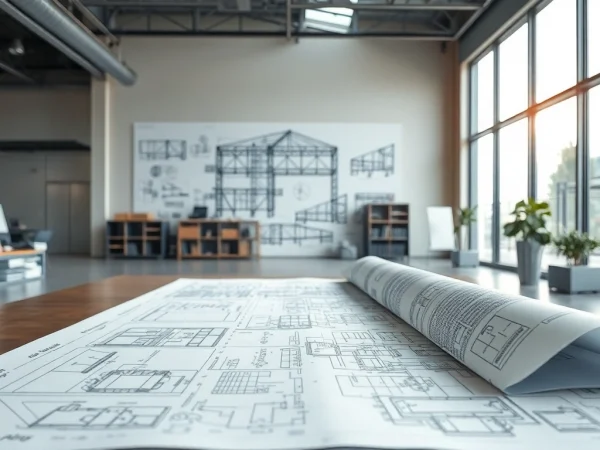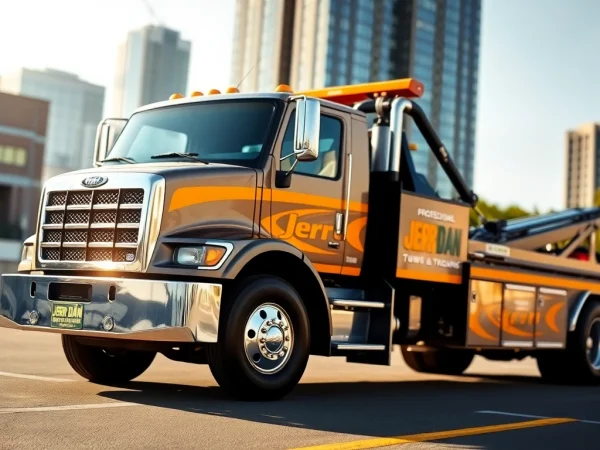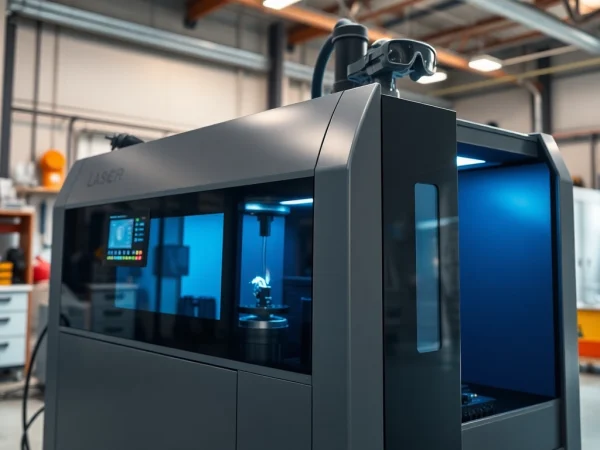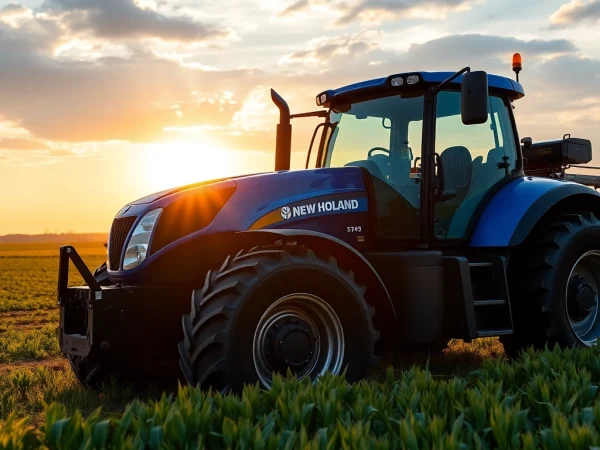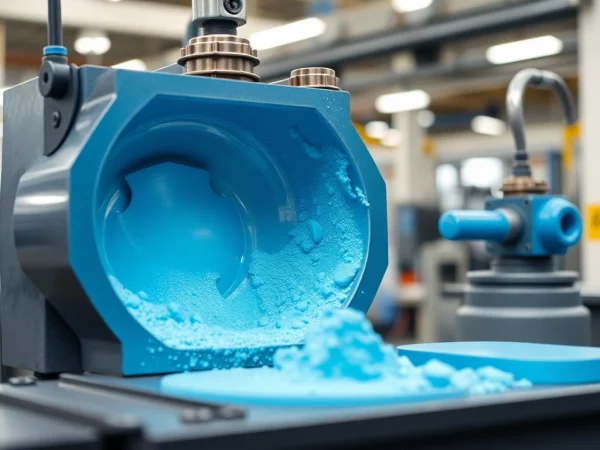Precision Die Cutting Techniques: Boosting Quality and Efficiency in Manufacturing
Understanding Precision Die Cutting
What is Precision Die Cutting?
Precision die cutting is a manufacturing process that utilizes sharp metal blades (dies) to cut materials such as paper, cardboard, plastic, and metallic sheets into specific shapes and sizes. This method has seen significant advancements over the years, allowing manufacturers to achieve unparalleled accuracy and repeatability. Unlike traditional cutting methods which may produce irregular edges or inconsistencies in dimensions, precision die cutting ensures tightly controlled tolerances, essential for industries requiring high-quality components.
This technique serves as a backbone for various industries, providing a solution for creating complex parts and components that meet exact specifications. For example, automotive components, medical packaging, and intricate designs within the electronics sector all rely heavily on the precision of die-cutting methods.
Whether it’s the manufacturing of labels or intricate gaskets, precision die cutting allows for efficiency, consistency, and custom solutions across various applications.
Applications of Precision Die Cutting
The applications of precision die cutting are vast and diverse, extending across numerous industries. Here are some of the most prominent applications:
- Medical Devices: Precision die cutting is utilized in manufacturing components like medical device packaging, adhesive films, and gaskets. The high standards of quality and precision required in medical applications make this method ideal.
- Automotive Components: The automotive industry employs precision die cutting for manufacturing insulating materials, seals, and various interior and exterior components that necessitate precise tolerances.
- Consumer Electronics: Die cutting is used to produce parts for smartphones, tablets, and circuit boards, where exact dimensions and a clean finish are crucial.
- Packaging Solutions: Die-cut packaging, such as boxes and inserts, ensures products have a perfect fit while enhancing presentation and protection during shipping.
- Textiles: Specialized die cutting is utilized in the fabric industry for creating intricate patterns and designs quickly without sacrificing quality.
Materials Used in Precision Die Cutting
Precision die cutting operates with a variety of materials that cater to different application needs. Some of the most commonly used materials include:
- Paper and Cardboard: These materials are widely used for producing packaging, marketing materials, and components requiring printing.
- Plastics: From polypropylene to polyvinyl chloride (PVC), plastics are often die-cut for use in packaging, components, and industrial applications.
- Foams: Foams are cut to create insulation materials and pads, particularly in automotive and electronic settings.
- Metals: Thin sheets of metal can also be die-cut, especially for prototypes and precision components within mechanical parts.
- Adhesive Materials: Die cutting is ideal for producing adhesive rolls and sheets used in labeling, sealing, and bonding applications.
Benefits of Precision Die Cutting
High Accuracy and Consistency
One of the most significant benefits of precision die cutting is its ability to deliver high accuracy and consistency across production runs. This reliability ensures that all parts meet strict specifications, reducing waste and the need for extensive quality control. In applications where parts must fit together with other components, such as in automotive or construction industries, the precision provided by this method eliminates costly rework and enhances overall quality assurance.
Cost-Effectiveness in Production
Despite the initial investment in die manufacturing, precision die cutting often showcases great cost-effectiveness over high-volume production runs. By minimizing waste materials and labor time through automation, companies can significantly reduce their overall production costs. Furthermore, the speed of die cutting compared to manual processes leads to quicker turnaround times, allowing businesses to respond faster to market demands.
Customization and Flexibility
The flexibility of precision die cutting means that companies can tailor their outputs to meet specific customer needs. Whether it’s creating unique shapes or adapting to various material types, the ability to conceptualize and produce bespoke designs on demand gives businesses a competitive edge. This adaptability also allows for the incorporation of features like perforations, labels, and intricate patterns.
Types of Die Cutting Methods
Flatbed Die Cutting Overview
Flatbed die cutting is the traditional form of die cutting where a flat surface is used to push a die onto the material, creating a cut. This method is particularly effective for thicker materials or when the shape requires multiple layers to be cut simultaneously. It typically involves a hydraulic or mechanical press, making it suitable for both short and long production runs. Its advantages include the ability to create unique shapes and the precision required for intricate designs. However, it has slower throughput than rotary options.
Rotary Die Cutting Explained
In contrast to flatbed die cutting, rotary die cutting utilizes cylindrical dies that rotate to cut through materials as they pass under. This method is often adopted for high-speed production, making it ideal for large volumes of products such as labels, cartons, and flexible packaging. The rotary process allows for continuous production, significantly increasing efficiency and reducing lead times. However, it may require higher initial setup costs due to the necessity of creating custom rotary dies.
Laser Die Cutting: Pros and Cons
Laser die cutting has gained popularity due to its ability to create precise cuts with intricate details without the need for physical dies. This method employs a high-powered laser to vaporize material, achieving clean edges and complex shapes that are often difficult to achieve with traditional die cutters.
While laser cutting offers numerous advantages, including the ability to handle various materials with ease and reduced tooling times, it can be slower when compared to rotary and flatbed methods, especially on thicker materials. As such, industries must evaluate their production needs to determine the best die cutting method to employ.
Challenges in Precision Die Cutting
Common Issues and Solutions
While precision die cutting offers numerous advantages, several challenges can arise during the production process:
- Material Deformation: When cutting thicker materials, deformation can occur, compromising accuracy. Solutions include utilizing lower cutting speeds and optimizing die design to minimize impact.
- Die Wear: Over time, dies can wear out and require replacement. Regular maintenance and quality materials can extend die life significantly.
- Setup Times: Changeover times can be a bottleneck in production. Implementing streamlined processes and effective planning can help mitigate delays.
Maintaining Tolerances in Production
Maintaining tolerances is crucial in precision die cutting, especially in industries where even minor discrepancies can lead to failures or safety issues. Companies can invest in advanced measuring technologies and implement strict quality control protocols to ensure that parts consistently meet the required specifications. Collaboration with die manufacturers can also lead to better-adjusted dies that enhance the cutting process.
Choosing the Right Machine for Your Needs
With the variety of die cutting methods available, selecting the appropriate machine depends on the specific needs of production. Factors to consider include:
- The materials being cut – heavier or thicker materials may require more robust machines.
- Production volume – high-volume applications might benefit from rotary die cutting, while smaller runs could utilize flatbed die cutting.
- The complexity of the shapes required – intricate designs might necessitate laser cutting technology.
Future Trends in Precision Die Cutting
Technological Advancements
The advancement of technology is driving innovation in the precision die-cutting sector. Emerging technologies such as AI and IoT (Internet of Things) are likely to enhance automation, allowing for smarter factory setups. These systems can learn patterns, predict maintenance needs, and even adjust processes on the go, significantly increasing operational efficiency.
Sustainability in Die Cutting Practices
Sustainability is a growing concern in manufacturing processes. Precision die cutting is evolving to incorporate environmentally friendly practices. This includes using recyclable materials, reducing waste by optimizing cut layouts, and adopting machines that consume less energy. As industries strive for greener operations, sustainable die-cutting practices will likely become a standard expectation.
Integrating Automation and AI
The integration of automation in precision die cutting machines offers numerous benefits, such as reduced labor costs, improved accuracy, and higher production speeds. Additionally, AI can assist in predicting potential machine failures, streamlining maintenance schedules, and enhancing overall operational efficiency by analyzing production data for informed decision-making.
